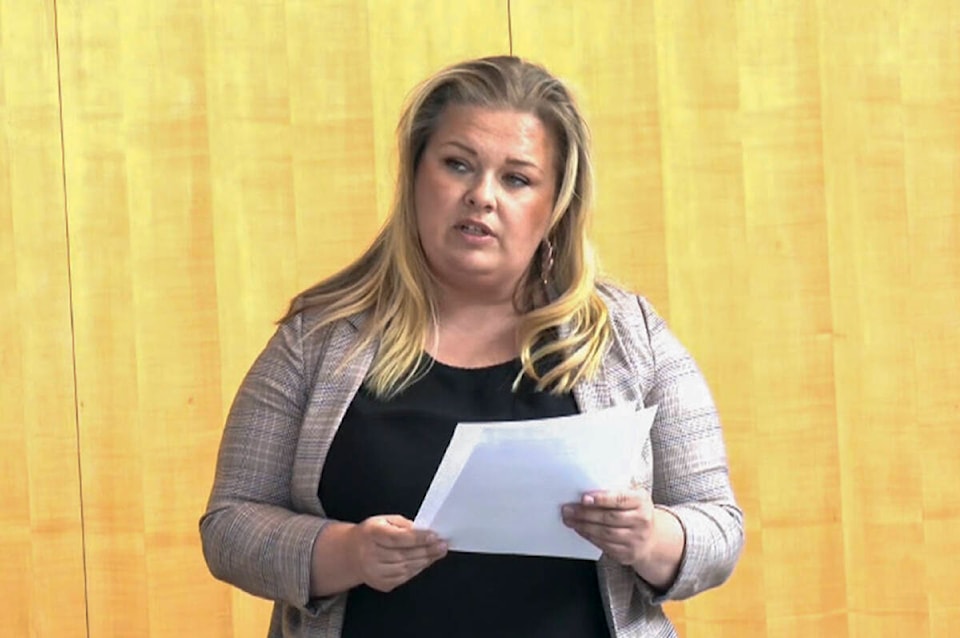Correction: A previous version of this story stated that the passing of the motion mandated the GNWT to adopt a population growth strategy. In fact, the only binding component of the motion is for the GNWT to respond to it within 120 days. NNSL Media regrets the error.
The Legislative Assembly has formally requested that the GNWT take steps to increase the territory’s population by 25 per cent over 2018 numbers by 2043, following the adoption of a motion by members of the Assembly.
During the June 3 assembly session, Kam Lake MLA Caitlin Cleveland introduced a motion asking the GNWT to match the projected growth of Canada as a whole — which would push the territorial population from about 45,000 residents in 2018 to approximately 56,200 in 2043. The strategy includes an objective to add 25 per cent more homes as well, or 3,700 new residences.
In explaining the motion, Cleveland cited data from Statistics Canada projecting that while Canada’s population will rise by 25 per cent over 2018 numbers by 2043, the NWT is only on pace to grow by nine per cent in the same time period. She also cited projections from the NWT Bureau of Statistics predicting 18 of the territory’s 33 communities would see their populations decline between now and 2035.
“I came to the 19th Assembly with the intent of empowering our North in three key areas: people, land and prosperity,” said Cleveland. “And it’s been important to me to identify what links each of these three elements, how they work together to help us respond to the opportunities pulling us into our future.”
Cleveland cited the high cost of living and a lack of job opportunities as two factors likely driving the exodus of close to 2,000 NWT residents every year.
“The hollowing out of regional centres and small communities is not reconciliation,” she said.
The motion was adopted by the assembly despite Premier Caroline Cochrane and her entire cabinet abstaining from the vote. The regular MLAs all voted in favour.
One regular member was nonetheless critical of the motion: Frame Lake MLA Kevin O’Reilly took exception to the use of the term “growth.”
“You know, we do live on a finite planet and growth in some parts of the world, we just cannot sustain it any further without getting another planet somewhere,” he said. “But I understand that the thrust of this is really about trying to maintain programs and services and sort of critical mass of folks in parts of the Northwest Territories, so I can support it.”
He also said any plan for increasing the population needs to consider the sustainability of the smaller communities.
“We just can’t leave it to chance that people are going to stay in small communities, but if we want them to thrive and people to have a good quality of life, we have to plan for that. And I don’t think we’ve brought it together in a way that is going to ensure that that happens,” said O’Reilly.
